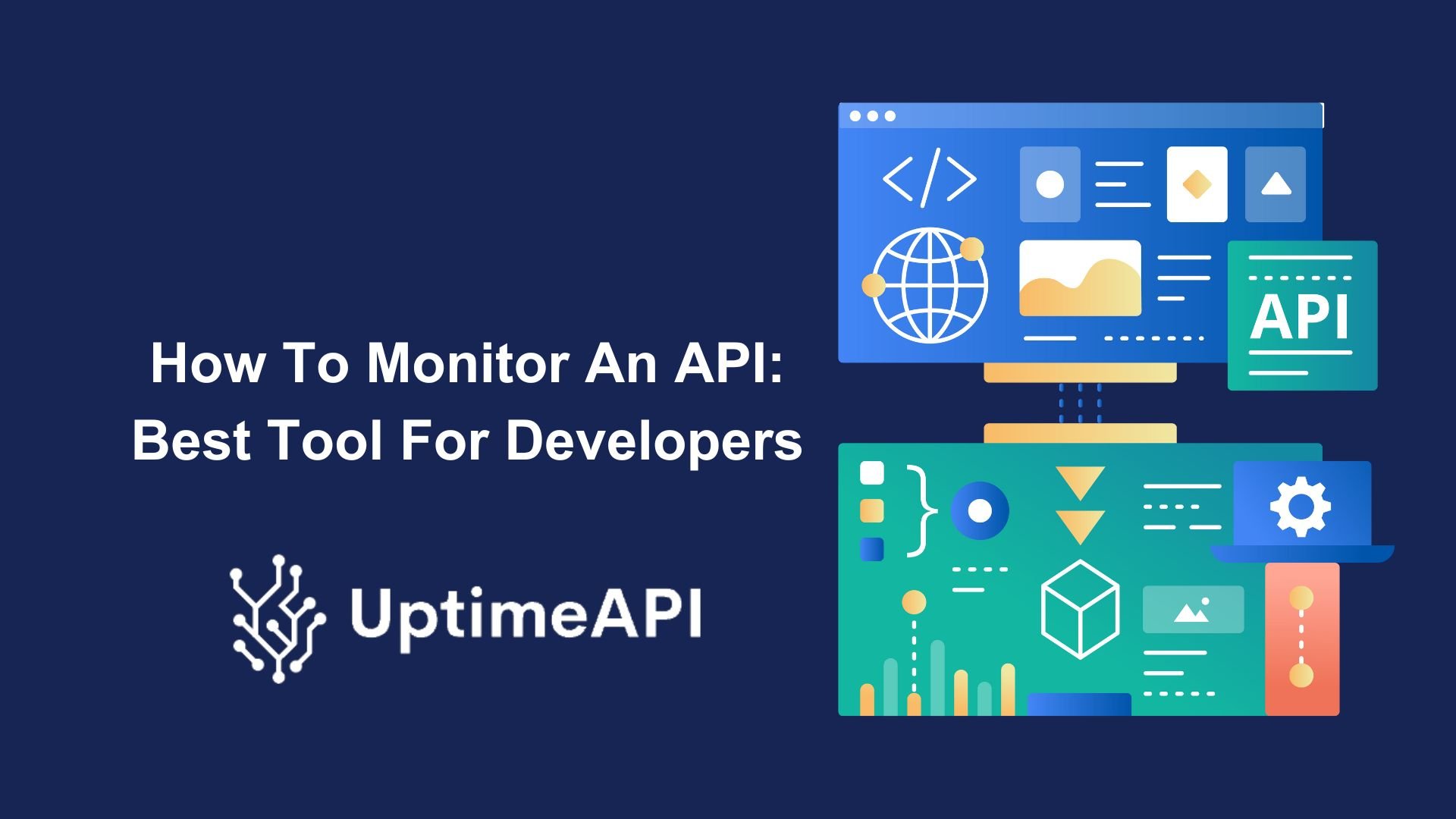How To Monitor An API: Best Tool For Developers

API monitoring is a fundamental component of contemporary development methodologies in the context of today's digital innovation. Application Programming Interfaces (APIs) are essential to the creation of software and applications, and improper API administration can have disastrous effects on company results. Let's now discuss how to monitor an API!
Understanding API Monitoring
How does API monitoring work? It includes the methodical monitoring and examination of numerous variables pertaining to the functioning and performance of APIs. This entails keeping an eye on functionality, performance, and availability to guarantee smooth operation.
It is impossible to exaggerate the value of real-time monitoring. Developers can quickly fix any issues that may arise by using real-time monitoring, which provides them with rapid insights into the health of their APIs. We'll examine through case studies how real-time monitoring has saved companies from impending catastrophes.
How To Monitor An API
Selecting the right tools for API monitoring is paramount for developers. An effective API monitoring tool should include features such as automated alert systems, comprehensive reporting and analytics, and integration capabilities with existing tools. Let's delve into a review of popular API monitoring tools, including Alternative to Postman, Alternatives to Datadog, and Alternative to Uptrends, while considering key criteria like business needs assessment, scalability, and ease of use.
Implementing an API monitoring solution involves a step-by-step approach. Developers need to carefully select metrics to monitor, configure alerts and notifications, and adhere to best practices for continuous monitoring. Regularly updating monitoring scripts and engaging with API user communities are essential for maintaining a robust monitoring system.
As systems become more complex, developers must adapt their monitoring strategies accordingly. Strategies for dealing with microservices and distributed architectures require specialized tools and techniques. Moreover, leveraging predictive analytics and machine learning can enable developers to anticipate issues before they impact end users, ensuring seamless operation.
Uptime API

You can keep an eye on your APIs with the Uptime API. It operates by steadily verifying that your APIs are operational and functioning as planned. Setting up monitoring is simple. Knowing the URL of the intended API endpoint to be watched and being able to modify the watch's timeouts and intervals are necessary when setting up monitors. You are able to monitor changes in API uptime and performance over time because the API offers historical data and analytics. Make your logs available so you can investigate any API problems.
The Uptime API features monitoring intervals that control how frequently it checks the functionality of your API and timeouts that control how long it will wait for a response. These parameters allow you to customize the monitoring to your requirements and tastes. You may also set up alerts and choose which contacts receive notifications from your dashboard. After then, your team can be informed using this. Select the monitoring package that best meets your needs by selecting from a range of adjustable options with different monitor capacities.
All prices are displayed in US dollars. All major credit cards and debit cards are accepted. One of the most reputable payment businesses in the world, Stripe, powers the payment system that employs the newest security technology. Moreover, you can utilize the Uptime API for free for thirty days, after which you can upgrade to a more expensive subscription.
